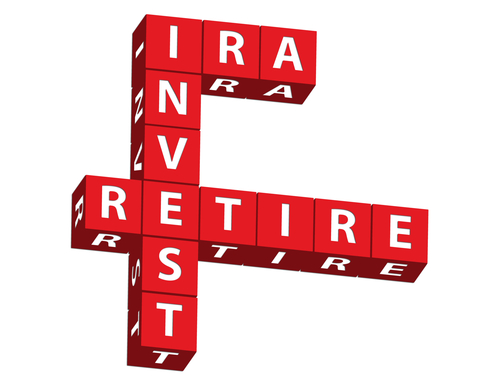 Younger Next Year. How’s that for a New Year’s Resolution?
Younger Next Year. How’s that for a New Year’s Resolution?
Seriously, as we head into 2018, who wouldn’t want to be younger in 2018 than they were in 2017?
Impossible, you scoff? Clearly, you haven’t read the New York Times bestselling book, Younger Next Year, or its spinoff titles, including Younger Next Year for Women.
The authors are a vibrant 70-year old (at the time of writing) and ex New York litigator Chris Crowley and his personal physician (25 years his junior), named Henry Lodge (Harry in most of the text; I should clarify that this is the late Henry Lodge, since he passed await at age 58 early in 2017 of prostate cancer. Ironic.)
The subtitle says it all: Live Strong, Fit and Sexy — Until You’re 80 and Beyond. I’m grateful to one of my sources — Hub contributor Doug Dahmer of Emeritus Retirement Strategies — both for twigging me to the book’s existence and to supplying me a copy. (He appears to have laid in a good stash of the book).
Take control of your Longevity
And for good reason. The book is all about taking control of your personal longevity, chiefly through proper nutrition but first and foremost by engaging in daily exercise: aerobic activity at least four days a week and weight training for another two days a week. Week in and week out, for the rest of your life. And the payoff is what is promised in the subtitle.
Apart from daily exercise and “Quit eating crap” (to use the authors’ phrase, one of Harry’s 7 Rules reproduced below) the authors urge readers to “Connect and Commit,” which means staying engaged even after formal retirement. In fact, as we argue in our own book Victory Lap Retirement, there’s a case to be made for never entirely retiring. Leaving the corporate workplace, probably, but semi-retirement and self-employment from home are certainly viable alternatives.
While Younger Next Year only touches on retirement finances, it certainly reinforces the main theme of this web site (FindependenceHub.com). It’s encapsulated in Harry’s 4th Rule: Spend Less Than You Make.
Harry’s Rules
I can see at this point that it’s best to simply list Harry’s 7 Rules, which formally appear in the book’s appendix (page 305 of my copy): Continue Reading…







